Industry, entertainment, and offices but no housing: the contentious future of Seattle's Stadium District
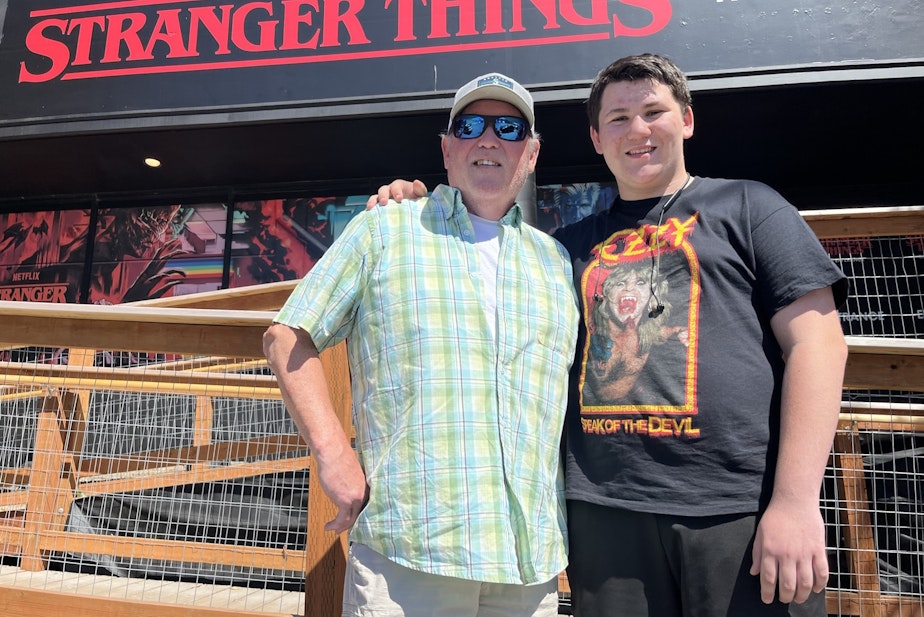
Industrial lands got some big new protections in Seattle this week. The new zoning rules add restrictions to some industrial areas, but allow new kinds of development in others.
But lingering disagreements over the plan’s compromises aren’t going away, especially around the sports stadiums in SODO.
I
n the old days, the area just south of the baseball stadium used to be full of industrial businesses that built machines, manufactured clothing, and distributed food.
But these days, you’re more likely to head there to be entertained.
Keith Farley Sr. and his son, Keith Farley Jr., came to the neighborhood to visit "Stranger Things: The Experience." It’s kind of like a giant haunted house based on the hit Netflix TV show.
RELATED: Stranger Things experience turns Seattle upside down
“He’s been waiting for this for months," Farley Sr. said about his son. "He actually originally voted for it to be in Seattle. So we organized his summer vacation to come out, see me and do this.”
“He explains it better than I do,” the younger Farley responded.
“He’s a huge fan,” his dad said.
Right next door to the Stranger Things warehouse, another warehouse contains an immersive Van Gogh exhibit.
Nearby are King 5’s new office building, a Mariners' parking garage, and the Déjà Vu strip club.
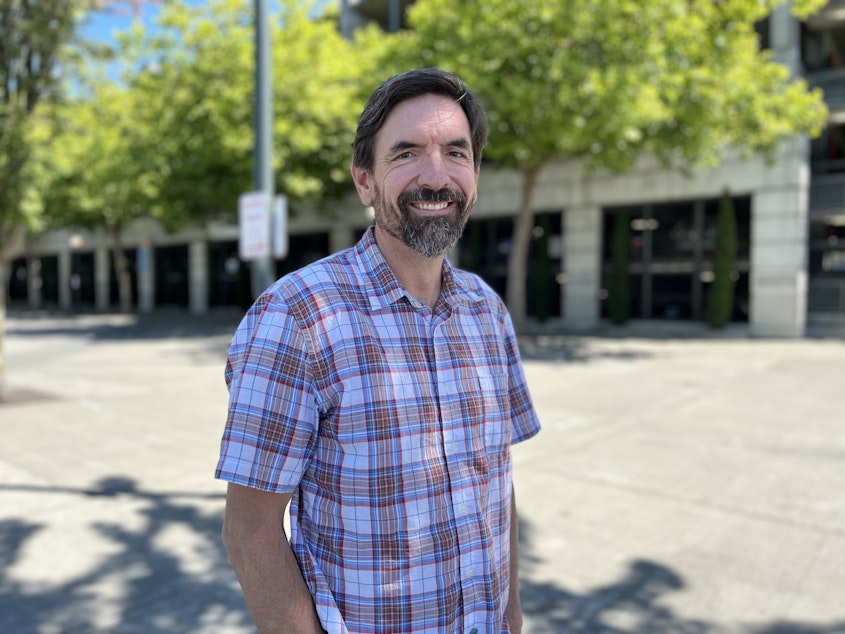
“The industry has really left this area," Joshua Curtis said. "I mean, there was a major freight corridor that goes through the area. But for all intents and purposes, there's no industry left, right here in this stadium district.”
Curtis is executive director of the Ballpark Public Facilities District, which leases the stadium to the Mariners. He meets regularly with other landowners about the neighborhood's future.
“A lot of this land is actually owned by Chris Hansen, and if you’ll recall a few years ago, obviously Hansen was super interested in putting an arena down here," Curtis said. "So right now, a lot of it is underutilized.”
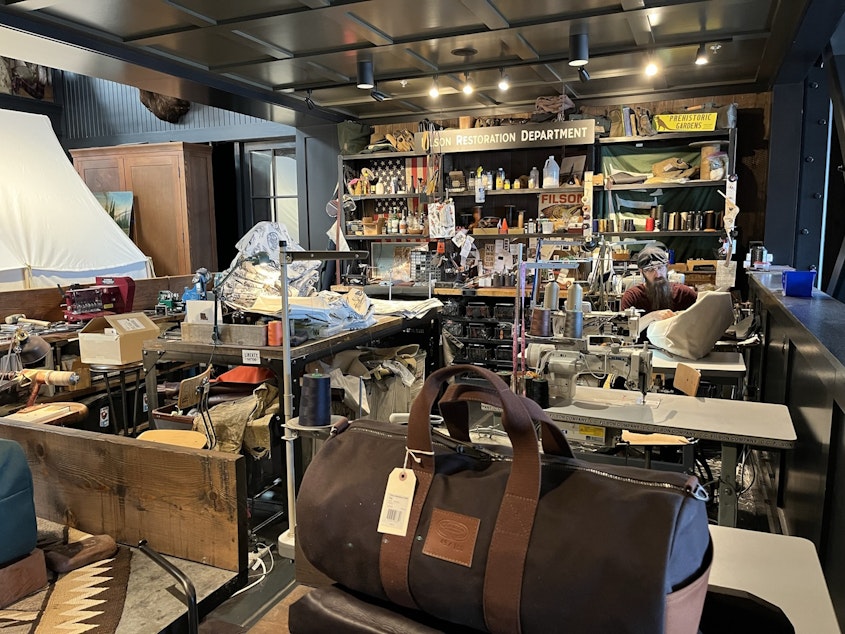
One of the last major manufacturing operations in the Stadium District was the historic Filson clothing company. But during the pandemic, the company's factory moved to Kent, leaving Seattle with just a showroom and a few sewing machines for boutique customization and repair work.
Curtis said the only way to bring industry back to the stadium area now is to allow what he calls a “maker’s district.” Imagine affordable apartments above breweries and furniture makers. Parts of Ballard's industrial areas were changed to allow just this sort of thing.
Without the addition of residential, Curtis predicts the Stadium District's remaining industrial spaces will be replaced by more offices, which are allowed in industrial zones.
“We know the area’s going to change, we would like to see it change in a way that includes residential, so it becomes much more of a mixed use, you get that 24/7 eyes on the street, people living here, being invested in the area,” Curtis said.
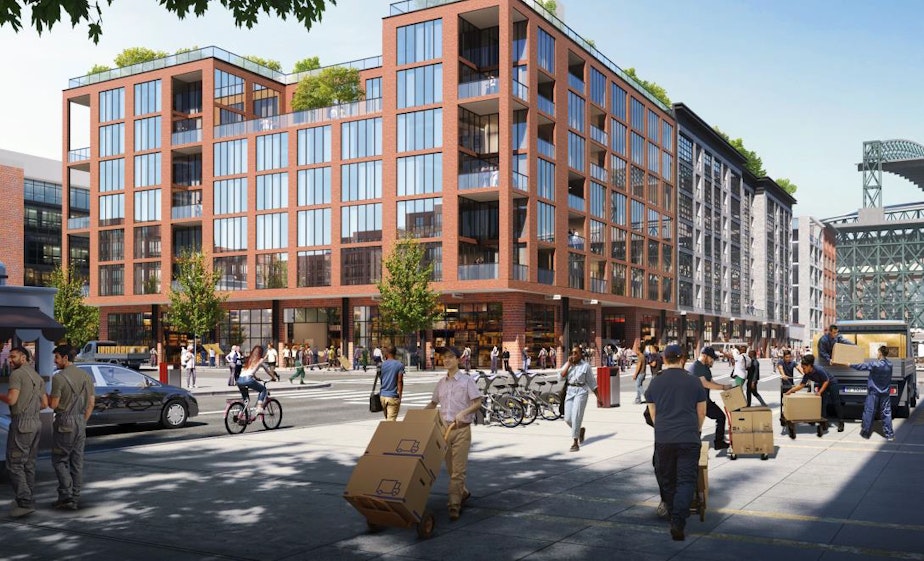
But residential is not allowed in the Stadium District. Seattle’s new industrial zoning rules are full of compromises like that. Nobody got everything they wanted.
“The Stadium District is the most contentious part of all industrial zones citywide,” said Dan Strauss, head of the City Council's land use committee.
He said on the other side, industry folks like the International Longshore and Warehouse Union had to accept more hotels and entertainment venues there.
O
fficially, the Stadium District is still an industrial zone though.
And just a few blocks South of the Stadium District, industry appears to be alive and well.
At one warehouse, half a dozen independent food distributors wheel their dollies back and forth across a busy loading dock.
Alejandro Quezada distributes Mexican specialty foods like dried Grasshoppers.
“And if you want to try one, I can open the bag for you," he offered, opening the bag and popping one into his mouth. "It's like a popcorn!"
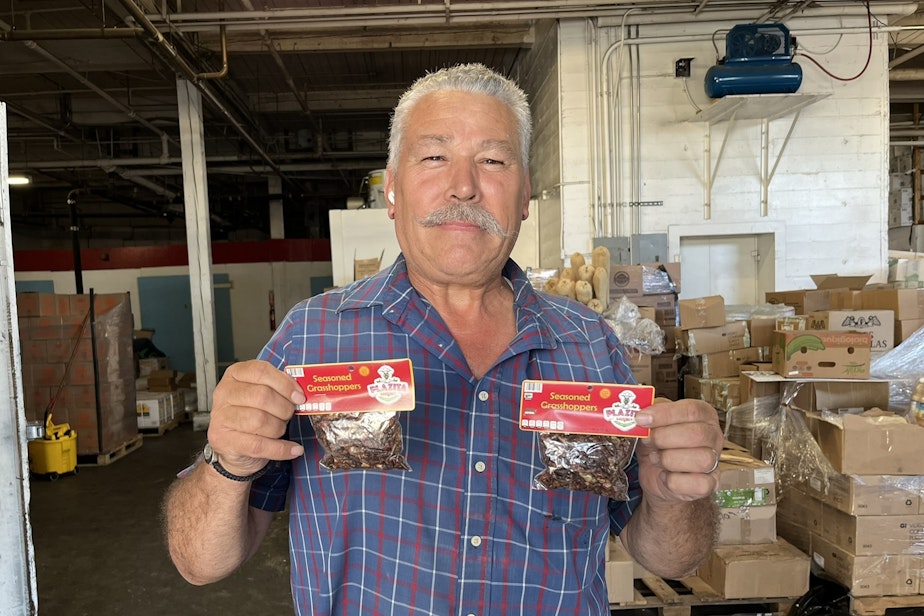
All those grasshoppers require warehouse space.
And the need for warehouse space is growing, according to Port Commissioner Ryan Calkins. He said the Port of Seattle is adding capacity all the time, unloading bigger and bigger cargo ships.
Calkins said that means demand for industrial land is strong, even in the Stadium District.
“I’ve heard a lot of people make the argument, 'Well, it’s not industrial'," he said. "Well, the current owner isn’t using it for industrial because the current owner wants it changed to something other than industrial.”
Calkins said the port is making major investments in SODO now, modernizing distribution facilities. He said the same thing could happen with the warehouses Chris Hansen owns, where you can see "Stranger Things: The Experience" and "Van Gogh: The Immersive Experience."
“In fact, if the port had the ability to buy those things, I would absolutely ask us to consider it,” he said.
Calkins suggested that now that housing is off the table there, Stadium District landowners might be more inclined to imagine a future for the property with a stronger focus on industry.
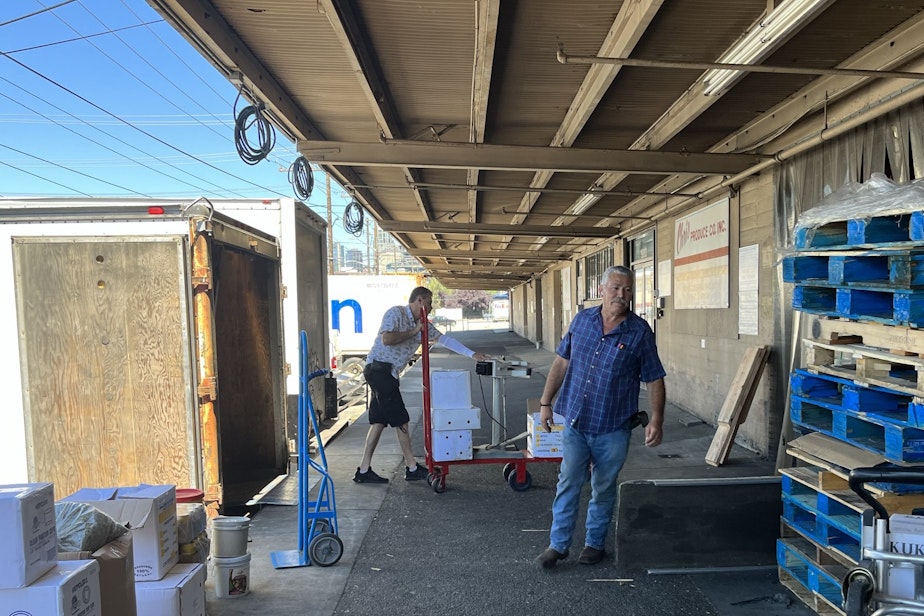
Most stakeholders describe the city’s new industrial zoning rules as a success. The rules halt the intrusion of big-box stores and self-storage facilities into industrial areas.
But in the Stadium District, some stakeholders say the compromise package does not represent the end of a long negotiation. It’s the beginning of a new political fight.



